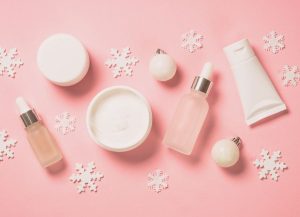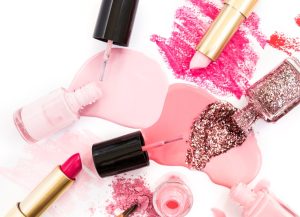Everyone has heard of SPF and understand they need it for protection from the sun, but many people don’t know what SPF really means, and that’s okay! The bottom line is they know it helps protect them from the harsh sun rays and keep their skin nice and healthy. No need to wonder anymore.
The Minimum Recommendation of SPF
If you don’t protect yourself against the sun you’re more susceptible to aging quicker, and potentially skin cancer. SPF measures the amount of protection provided by the sunscreen from the sun’s UV rays that can cause sun burns, which contribute to skin cancer. Dermatologists recommend using SPF 15 or SPF 30 sunscreen.
The reason why dermatologists recommend an SPF of 15 is because it would allow you to stay in the sun 15 times longer than you could without protection.
It’s vital to keep in mind, if your skin starts to redden in 20 minutes without sun block, applying a product with SPF 15 increases that time by a factor of 15, meaning you could stay in the sun for 300 minutes. Any longer and you will need to reapply your sunscreen.
Higher SPFs and Application
Of course, the higher the SPF number, the longer it protects your skin against the sun. A higher dose of SPF is optional, but is certainly better to have than not. Sunscreen should be applied to any part of your body that will be visible to the sun.
The sun emits harmful UV rays year-round. Even on cloudy days, up to 80 percent of the sun’s harmful UV rays can penetrate your skin.
The reason why sunscreen protection is essential when going to the beach is because sand and water increase the reflection of the sun rays. Many aren’t aware that the sun rays are also increased in areas where it snows. Clouds and rain do not provide protection from the sun, you need sunscreen!
Choosing Your Sunscreen
There are so many types of sunscreens that it can be hard to know which one to choose. The American Academy of Dermatology suggests using sunscreen that offers water resistance, Sun Protection Factor (SPF) of 15 or higher, and a broad-spectrum protection (protection against UVA and UVB rays).
There is a difference between UVA rays and UVB rays. UVA rays, also known as aging rays, can cause your skin to wrinkle quicker and form aging spots. UVB rays, also known as burning rays, cause sun burn on your skin. There is no safe way to tan.
Every time you tan, you damage your skin. As this damage builds, you speed up the aging of your skin and increase your risk for all types of skin cancer. If you plan to sit in the sun, get a tanning lotion that provides protection against the sun’s rays.
Related: What You Need to Know About Skin Cancer
It’s important to take care of your skin, sunny out or not. Protection against the sun is as simple as 1-2-3 thanks to a wide variety of sunscreens for everyone. Applying sunscreen to yourself daily and making sure you get the right amount of sun light can help you stay healthy and look younger.
What is your favorite sunscreen protection? Do you ever realize how long you’ve been under the sun, especially during summer? Comment below to share your sunscreen tips!






1 thought on “SPF Basics for Protecting Your Skin”
Loving the information on this site, you have done a great job on the content. Keep sharing this kind of content.